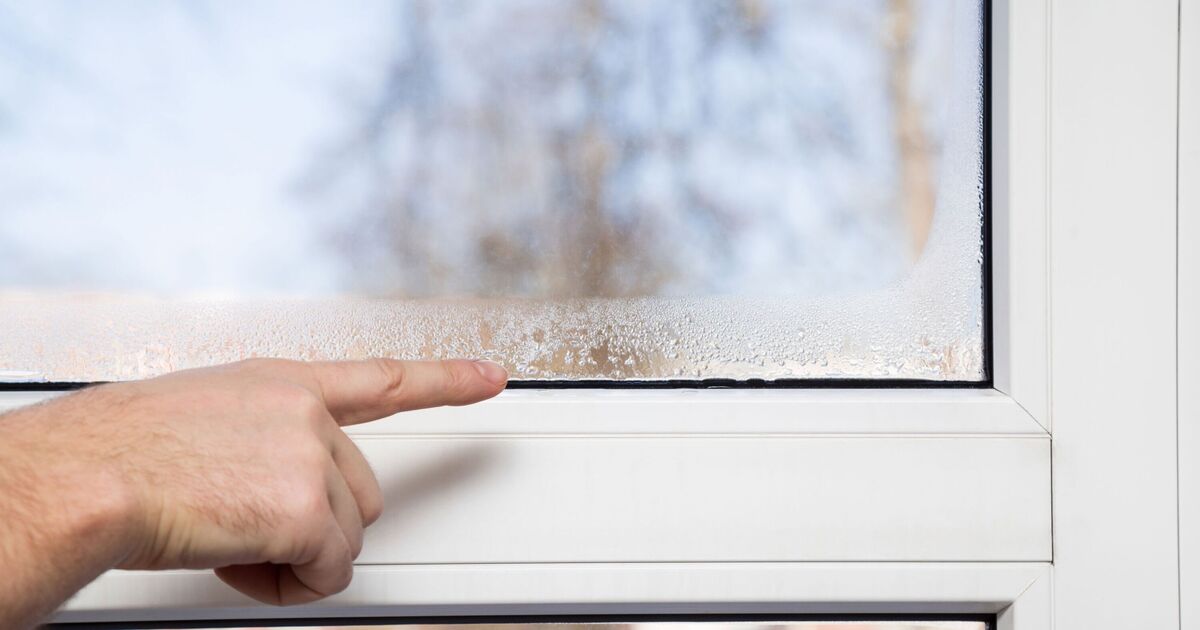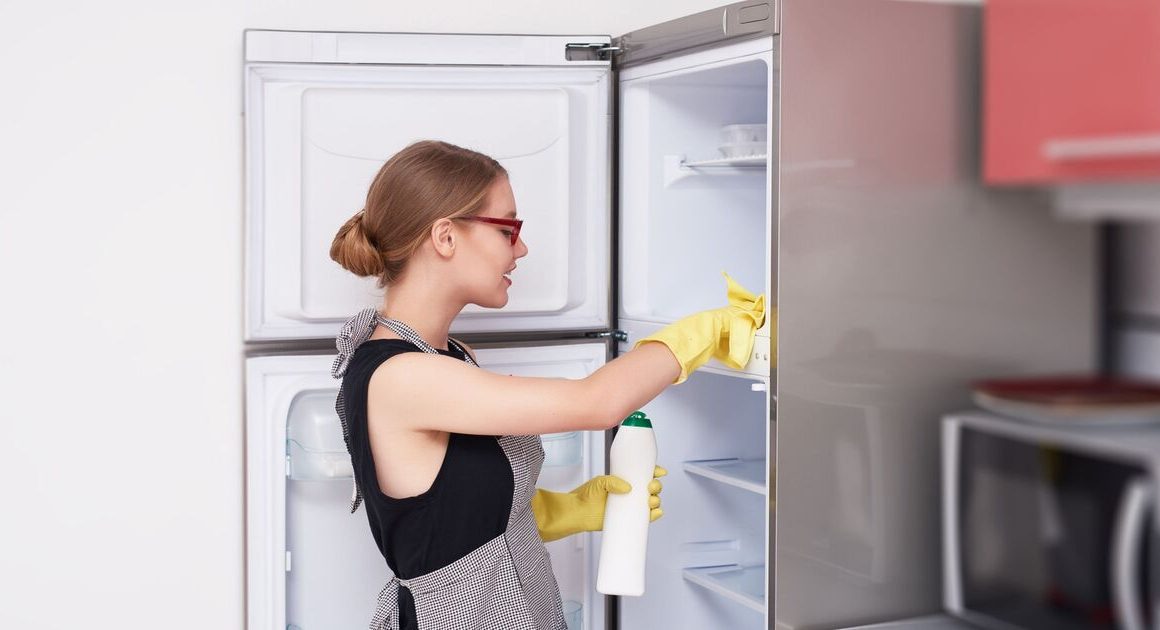Insulation experts at UK Flat Roofing are warning households to check the loft this winter for a potentially “overlooked” source of moisture that could be causing condensation.
Around 87 percent of properties in the UK are estimated to have a loft. Poor ventilation and excessive moisture from outside can trigger condensation in lofts, which, if left untreated, can lead to rot and structural damage, which could cost anywhere from £200 to £5,000 to repair.
To avoid paying hefty repairs, Mike Storey, an insulation expert at UK Flat Roofing & Insulation Specialists, has shared how to stop condensation and moisture from forming in lofts.
He said: “Condensation issues in loft and roof spaces have become more frequent in winter due to the temperature difference in and outside of the home.
“While mild condensation usually isn’t very damaging, excessive moisture in your loft space can cause serious issues.
“The loft is often an overlooked source of condensation, where trapped moisture can accumulate and lead to serious issues like wet rot, dry rot, and black mould.”
How to stop loft condensation
Luckily, Mike has shared four simple ways to stop loft condensation from becoming an issue.
1. Ventilate rooms below lofts
Firstly, homeowners need to limit any water vapour inside before it reaches the loft. The easiest way to do this is to ensure rooms are well-ventilated by opening windows periodically and keeping trickle vents open, especially in damp, moist environments like kitchens and bathrooms.
Mike added, “Most importantly, make sure the extractor fans in the kitchen and bathrooms are working efficiently, as they remove most moisture.”
2. Insulate ceilings
Mike explained that to stop moisture from entering lofts, homeowners need to seal any entry points.
He said: “For example, if the insulation above the structural beams is thin or has gaps, it is easier for humid air to enter.
“Also, inspect for cracks in the plaster, especially where pipes, cables and light penetrate the loft space. Loft hatches that aren’t fitted well can also cause air leaks and might require sealant or insulation to block.”
3. Ventilate the roof space
It’s important moist air in lofts can escape before it condenses and causes damp to develop. Ventilating roof space will ensure this doesn’t happen.
To ensure ventilation, ensure air vents are unobstructed, including those at the eaves or ridge tiles.
“These vents must remain clear to ensure a steady flow of air that will help transport moisture away from the loft,” Mike added.
4. Install vapour barriers
Instead of adding a roll of loft insulation, which can lead to damp ceilings and mould growth, Mike suggested installing an airtight vapour barrier in your loft.
He explained: “Vapour barriers stop warm air and water vapour from reaching their dew point, reducing the risk of damp damage and condensation. This is especially useful in homes with poor ventilation and can help make your property more comfortable and energy efficient.”












